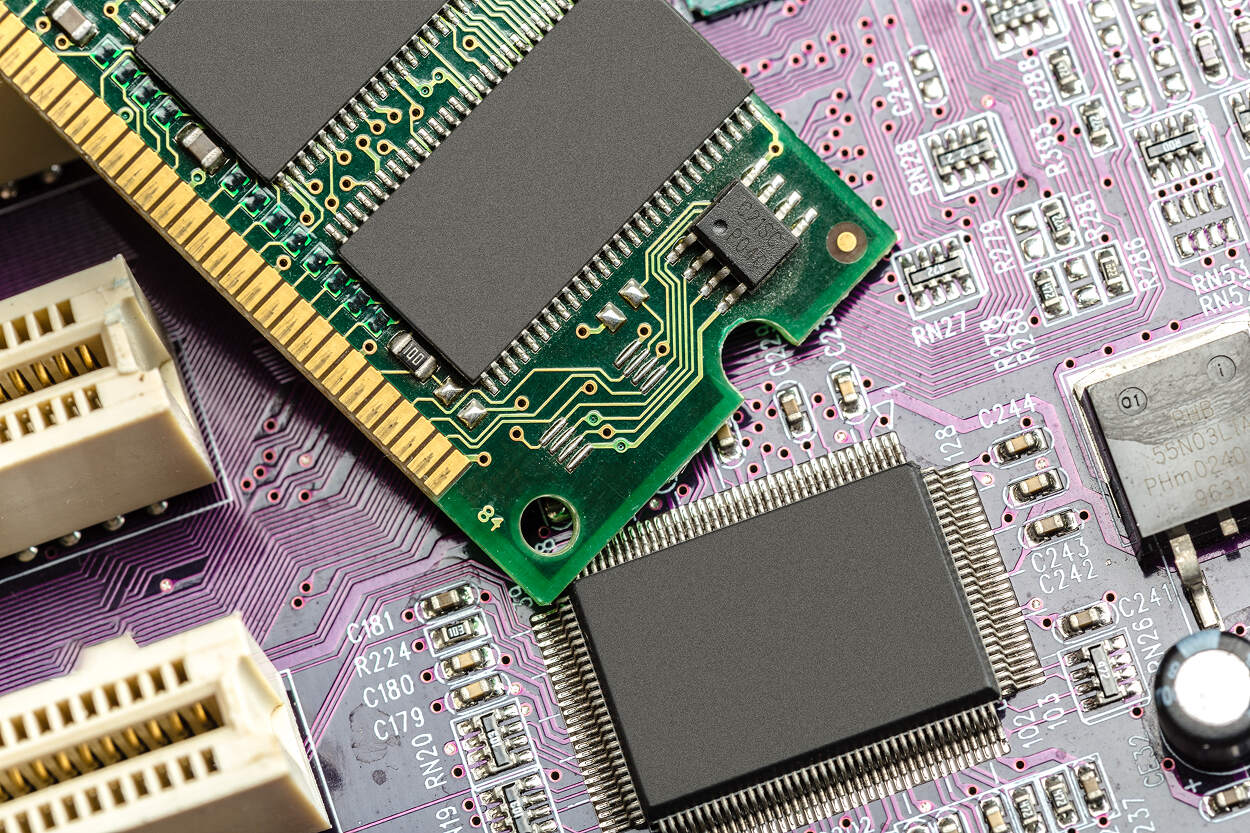Advanced Thermal Management for High-Performance Embedded Systems

The growing heat challenge in embedded electronics
In the last decade, embedded systems have evolved from relatively simple boards running fixed firmware to complex, multi-core computing platforms capable of handling AI workloads, high-bandwidth data processing, and real-time control in demanding environments. This jump in computational power comes with an unavoidable side effect: more heat. As processing density increases, so does the thermal load, and without effective thermal management, the performance and longevity of these systems are at risk.
Heat is more than just a comfort issue for electronics—it is a performance limiter and a silent killer. High-performance embedded systems operate in diverse environments, from automotive ECUs in engine bays to industrial vision processors mounted above hot production lines. Each of these setups introduces its own thermal stressors: fluctuating ambient temperatures, poor airflow, continuous workloads, and compact enclosures that trap heat. As a result, managing thermal behavior has become just as critical as choosing the right processor or interface.
Key principles of thermal management in embedded systems
Effective thermal management in high-performance embedded devices revolves around three interconnected goals: removing heat from critical components, maintaining stable operating temperatures, and doing so efficiently to preserve energy budgets. The methods to achieve this range from basic to highly advanced.
Passive cooling remains the foundation—using heat sinks, thermal pads, and conductive chassis materials to channel heat away from chips. However, as processing demands grow, active cooling solutions become more common, even in traditionally passively cooled designs. Small form-factor fans, blower modules, and heat pipes are now appearing in embedded designs for automotive, aerospace, and industrial automation.
In parallel, material science is advancing. The use of high-performance thermal interface materials (TIMs), vapor chambers, and phase-change materials allows for faster and more even heat transfer, especially in densely packed boards where hotspots form around CPUs, GPUs, or FPGAs. These materials bridge the microscopic gaps between components and heatsinks, maximizing conduction.
Thermal management is no longer purely mechanical. Advanced systems now integrate thermal sensors and intelligent control algorithms that dynamically adjust processor frequencies, fan speeds, or even task allocation to balance performance and temperature. This convergence of hardware and software enables devices to adapt to changing workloads without operator intervention.
Real-world examples of thermal challenges and solutions
Automotive control units, particularly in electric vehicles, illustrate the complexity of modern thermal management. EVs rely on high-performance embedded systems for battery management, motor control, and infotainment. These units must remain operational across a wide temperature range, from freezing winter starts to hot summer traffic. In some designs, engineers use liquid cooling loops shared with other vehicle systems to regulate electronics. This approach allows the ECU to maintain stable performance even when ambient temperatures exceed 40°C.
In industrial automation, machine vision systems are another hotspot—literally. High-speed cameras feeding real-time AI inspection engines can saturate an FPGA or GPU’s thermal envelope within minutes. Without adequate cooling, these processors throttle, dropping frame rates and reducing inspection accuracy. In one documented case, replacing a standard aluminum heatsink with a vapor chamber reduced hotspot temperatures by over 15°C, eliminating throttling entirely.
Aerospace applications present perhaps the toughest challenge: embedded computers in satellites and drones often face environments with minimal convection. In these cases, designers rely heavily on conduction-based solutions—heat spreaders, thermal straps, and radiative panels that dissipate heat into space. Here, thermal simulations during the design phase are critical, since retrofitting better cooling is almost impossible after deployment.

Long-tail questions decision-makers need to address
- How can I predict the thermal behavior of my embedded system under maximum load before production begins?
- Which thermal interface materials deliver the best performance for high-density boards with mixed component heights?
- What is the trade-off between adding active cooling and the resulting power consumption in a battery-powered device?
- How can I design a system that maintains stable performance when deployed in environments with extreme temperature swings?
- What are the latest developments in integrating thermal sensors and AI-driven cooling control in embedded designs?
The future of thermal management in embedded systems
The next generation of thermal management in high-performance embedded systems will combine better materials, smarter control, and even architectural changes to reduce heat at the source. Chipmakers are already introducing CPUs and GPUs with improved thermal efficiency, while packaging technologies such as chiplets and 3D stacking are being optimized for better heat dissipation.
We are also seeing a trend toward integrating cooling solutions directly into PCBs and enclosures. Heat pipes embedded in multilayer boards, liquid channels in metal housings, and micro-blower fans built into structural frames will soon become standard in high-power applications. At the same time, AI will play a growing role—predicting thermal spikes before they occur and adjusting workloads preemptively to avoid overheating.
For companies designing high-performance embedded systems, thermal management is no longer a last-minute consideration—it is a core design discipline. Those who invest in advanced cooling strategies today will not only improve performance and reliability but also open the door to more compact, powerful, and versatile devices tomorrow.
Our Case Studies





